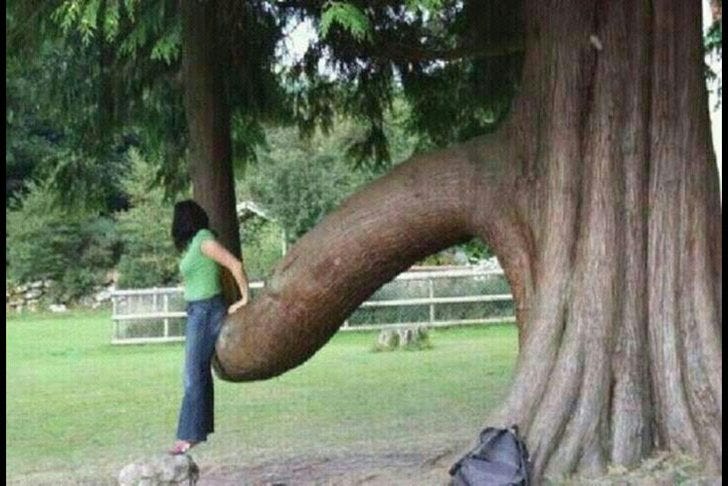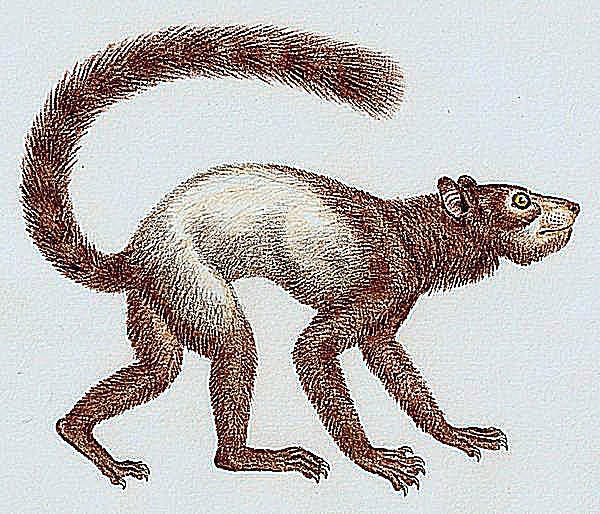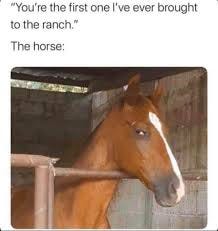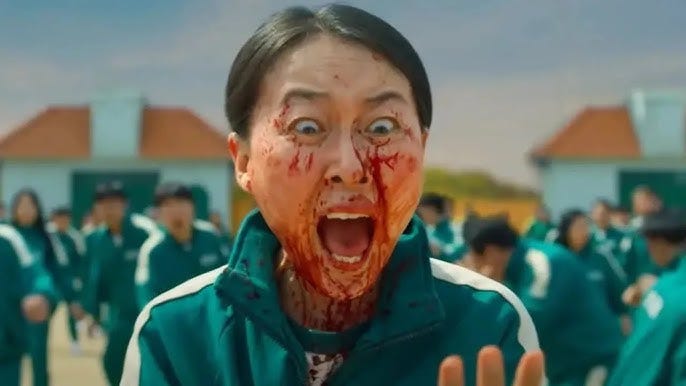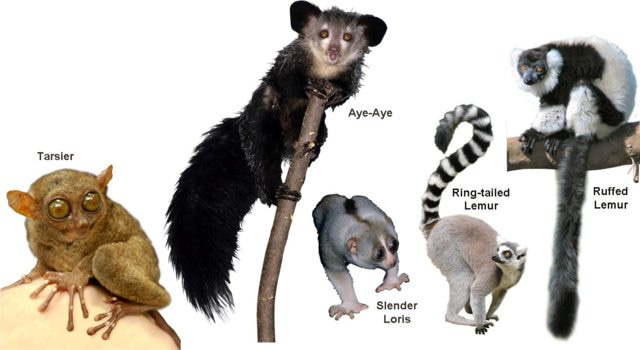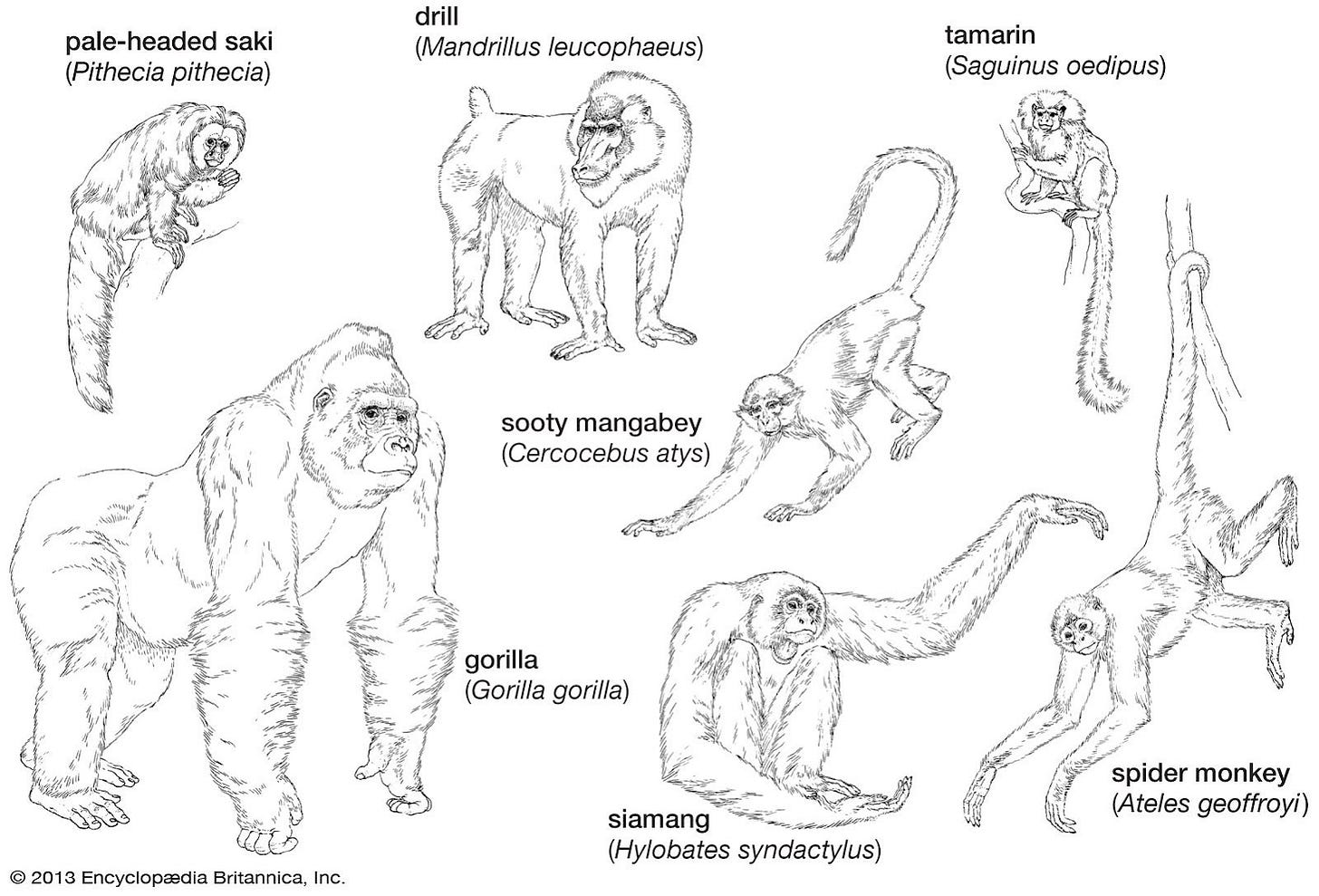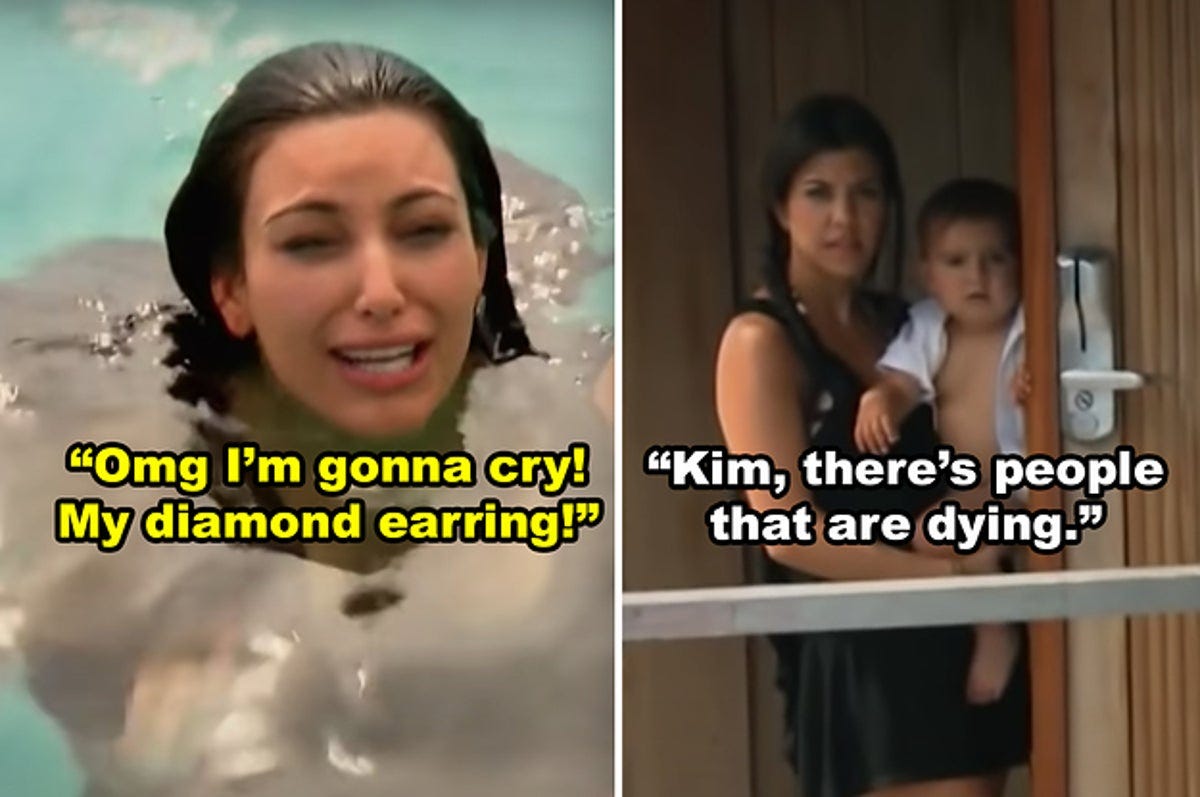HOT PLANET
Chapter 4: The Rise of Team Primate
Starting Small: The Original Underdogs
The dinosaurs are gone, and mammals are looking around like they just walked into an empty house party - lots of opportunity, zero competition, and absolutely no idea what to do next.
Most mammals were still doing the same old thing - scurrying around on the ground, eating bugs, trying not to die. But some of them looked up at the trees and thought, "What if?"
I believe in you, silly dreamer.
These early proto-primates were basically rat-sized anxiety disorders with fur. Imagine if a squirrel had a baby with a mouse and that baby was really into CrossFit–and they could grab stuff.
The Primate Upgrade Package
Evolution looked at these tree-climbing enthusiasts and decided to give them the deluxe package.
Most mammals have their eyes on the sides of their heads, which is great for seeing predators coming but terrible for judging distance and other people.
Primates got eyes that point forward, giving them stereoscopic vision.
It's like upgrading from a 2D movie to IMAX 3D, but the only thing playing is Squid Game.
Color vision came next, which was less about appreciating sunsets and more about figuring out which fruits were ripe and which ones would give you explosive diarrhea.
This was crucial because early primates were living in trees and, let's be honest, nobody wants to deal with food poisoning when you're 50 feet off the ground.
The Great Primate Schism: Drama in the Trees
Like any good family story, the primate saga involves a lot of drama and several splits that nobody's quite gotten over. The first big division was between the prosimians (lemurs, lorises, and their crew) and the anthropoids (monkeys, apes, and eventually that one species that would invent student loan debt and when I find that fucker, it’s on sight).
The prosimians kept it old school, mostly hanging out in Madagascar and Southeast Asia, living that nocturnal life. They're basically the hipsters of the primate world - they were doing it before it was cool and they'll tell you all about it.
Then came the anthropoid glow-up. These primates said "Actually, what if we did everything different?" They were like that cousin who went to study abroad and came back from Barcelona with a lisp.
Monkey Business Gets Serious
The anthropoids split again–because they wanted to keep their options open, and those options aren’t you–into New World monkeys (the party animals of South America) and Old World monkeys (the try-hards of Africa and Asia).
It's like when a friend group splits because half want to keep hitting the clubs while the other half got married and had kids.
Old World monkeys got better color vision and lost the ability to hang by their tails, which is the evolutionary equivalent of deciding you're "too mature" for Disneyland.
The Social Network: Primate Edition
Here's where primates really started in with that fuckshit.
They developed complex social structures that make high school drama look simple. We're talking hierarchies, alliances, betrayals - basically "Game of Thrones" but with more grooming and less incest (mostly).
These social groups weren't just about hanging out - they were sophisticated networks for sharing information, finding food, and figuring out who's hooking up with who.
Primates invented gossip before they invented language. Remember that next time you’re in a DeauxMoi K-Hole your dumb fucking monkey.
The Ape Uprising: No More Tails, More Drama
Around 25 million years ago, some Old World monkeys looked at their cousins and thought "What if we got rid of the tail completely?"
These were the first apes, and they were about to take primate drama to a whole new level.
Losing the tail might seem like a downgrade, but apes made up for it with bigger brains, more flexible shoulders, and the ability to learn how to balance a checkbook.
Basically it was like a woman shaving her head and you’re like “Nooooo!” but then the woman turns out to be Sinead O’Connor and you’re like “Werk bitch!”
They developed more complex social cognition, which is a fancy way of saying they got really good at figuring out who they could trust and who was just being nice because they wanted something.
Some of us are further along in our evolution than others.
Great Ape Society: The Original Influencers
Great apes took primate social life and turned it up to eleven. They developed even more complex social structures, complete with politics, alliances, and that one aunt who always starts drama at family gatherings. They were like if you combined a royal court with a reality TV show, but everyone's really good at using tools.
But the real innovation was in social intelligence. Great apes developed the ability to understand that other individuals had different thoughts and feelings - theory of mind, if you want to get fancy about it.
Once again, scientists call it progress, and I call it bullshit.
The Stage is Set
By about 7 million years ago, some apes looked at their lives and thought, "You know what would make this better? Standing up.”
These upright apes were about to embark on an evolutionary journey that would eventually lead to someone inventing cryptocurrency.
We’re so fucking cooked.
Tune in next week when we chart the rise of hoomahns!
Timeline of Events:
66 Million Years Ago – "Mammals Inherit the Earth"
With dinosaurs out of the picture, mammals scurry around like kids at an empty party, unsure how to make the most of their big break.
55 Million Years Ago – "Proto-Primates: Dreamers in the Trees"
Some rodent-like mammals look up and decide trees are the new penthouses. Enter proto-primates, who are basically squirrel-mouse hybrids with anxiety and a love of CrossFit.
40 Million Years Ago – "The Great Primate Schism"
Primate families divide into two groups: prosimians (lemurs, lorises, and the nocturnal crew) and anthropoids (monkeys, apes, and the ancestors of tax evasion experts).
35 Million Years Ago – "Monkey Business: The Split"
Anthropoids divide further: New World monkeys head to South America to party in trees, while Old World monkeys in Africa and Asia mature into serious grown-ups with no need for tails.
25 Million Years Ago – "Apes Ditch the Tails"
Some Old World monkeys decide tails are so last era and evolve into apes. They make up for it with bigger brains and Sinead O’Connor-level confidence.
7 Million Years Ago – "Standing Up: Because Why Not?"
Certain apes get tired of knuckle-dragging and experiment with walking upright, setting humanity’s chaotic journey into motion.
Key Terms and Definitions
Proto-Primates: The first tree-hugging mammals who saw the sky and thought, "Let’s live dangerously."
Stereoscopic Vision: The upgrade from side-eye to full frontal depth perception, which turned primates into expert fruit shoppers.
Prosimians: The hipsters of the primate world who stayed nocturnal and remote because mainstream life wasn’t their vibe.
Anthropoids: Monkeys and apes who couldn’t resist a glow-up, opting for brighter visions and social drama.
New World Monkeys: Tail-swinging party animals who dominate South American treetops.
Old World Monkeys: The try-hards of the primate world, giving up tail-swinging for better vision and dignity.
Great Apes: Drama queens with big brains, complex politics, and the social grace of a reality TV cast.
Theory of Mind: The ability to understand others have thoughts and feelings, which scientists call intelligence and apes call “survival.”
Sources
Britannica: Anthropoid – Mammal Suborder.
An overview of primate evolution and the division between prosimians and anthropoids.Smithsonian Institution: The Evolution of Primate Vision.
Insights into how forward-facing eyes and color vision revolutionized primates’ survival.Nature Reviews Evolutionary Biology: Origins of Apes and Bipedalism.
Scientific discussions on the loss of tails and the rise of upright walking.National Geographic: The Social Lives of Great Apes.
An analysis of primate societies and their political complexity.Cool Dino Facts Wiki: Early Mammals and the Primate Takeover.
How mammals diversified post-dinosaurs to take over Earth.





